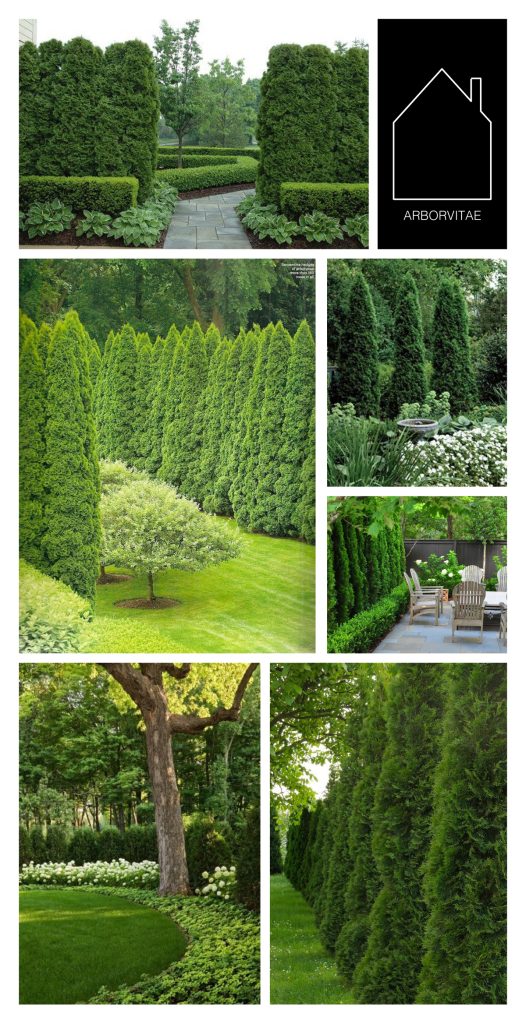Are you tired of looking at a dull and uninspiring backyard arborvitae landscaping ideas? Do you want to add some greenery and beauty to your outdoor space? Look no further than arborvitae trees! These evergreen shrubs are not only beautiful, but they also provide privacy and can act as a natural fence. With endless possibilities for landscaping with arborvitae, your backyard will become the ultimate oasis. In this article, we will explore some creative ideas for incorporating arborvitae into your backyard design.
1. Using Arborvitae as a Privacy Screen
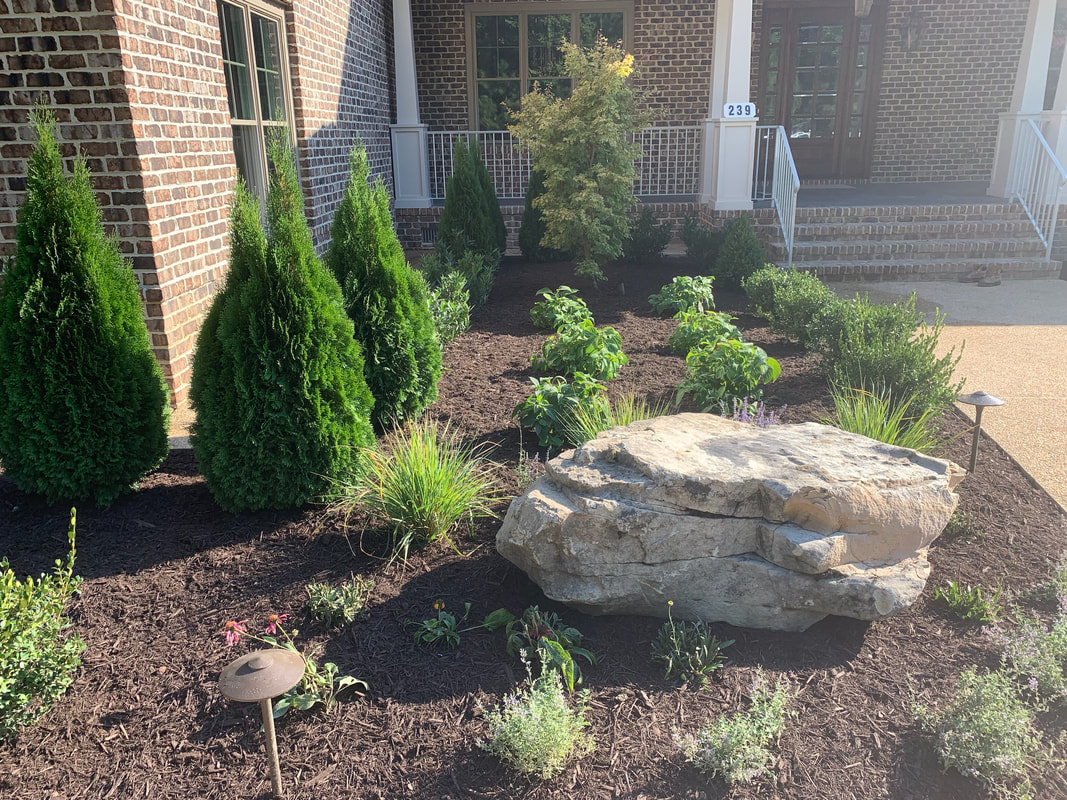
Creating a Natural Fence
One of the most popular uses for arborvitae in landscaping is creating a natural fence or privacy screen. These tall and dense evergreens can easily block out unwanted views from neighbors or busy streets. They also serve as a noise barrier if you live in a noisy area. Plus, they add a touch of nature and greenery to your backyard.
When using arborvitae as a natural fence, it’s important to choose the right variety based on your specific needs. Some popular options include Emerald Green, Green Giant, and Techny. Emerald Green is a compact variety that grows up to 12 feet tall and 4 feet wide, making it ideal for smaller backyards. Green Giant is a fast-growing option, reaching heights of up to 30 feet, perfect for larger properties. Techny is a hardy and disease-resistant variety that can withstand harsh weather conditions.
To create a natural fence, plant the arborvitae trees in a straight line, leaving about 3 feet between each tree. As they grow, their branches will fill in, creating a dense and impenetrable barrier. For added privacy, consider planting them on a slight mound so they are taller than eye level.
Adding Variety with Different Height Levels
If you want to add some dimension and visual interest to your privacy screen, consider using different height levels of arborvitae. Plant taller varieties at the back, medium-height ones in the middle, and shorter ones in the front. This creates a layered effect and makes your natural fence look more natural.
You can also use this technique to create a living wall or green backdrop for your backyard. Plant a line of tall arborvitae against a wall or fence, and then add layers of shorter varieties in front. This will not only provide privacy but also serve as a stunning backdrop for your outdoor space.
Creating a Privacy Nook
Another creative way to utilize arborvitae for privacy is by creating a secluded nook in your backyard. Plant a cluster of arborvitae trees in a circular or semi-circular shape to create a natural enclosure. Add some comfortable outdoor furniture, such as a bench or chairs, and you have the perfect spot to relax and unwind in your own private sanctuary.
2. Designing with Arborvitae Hedges
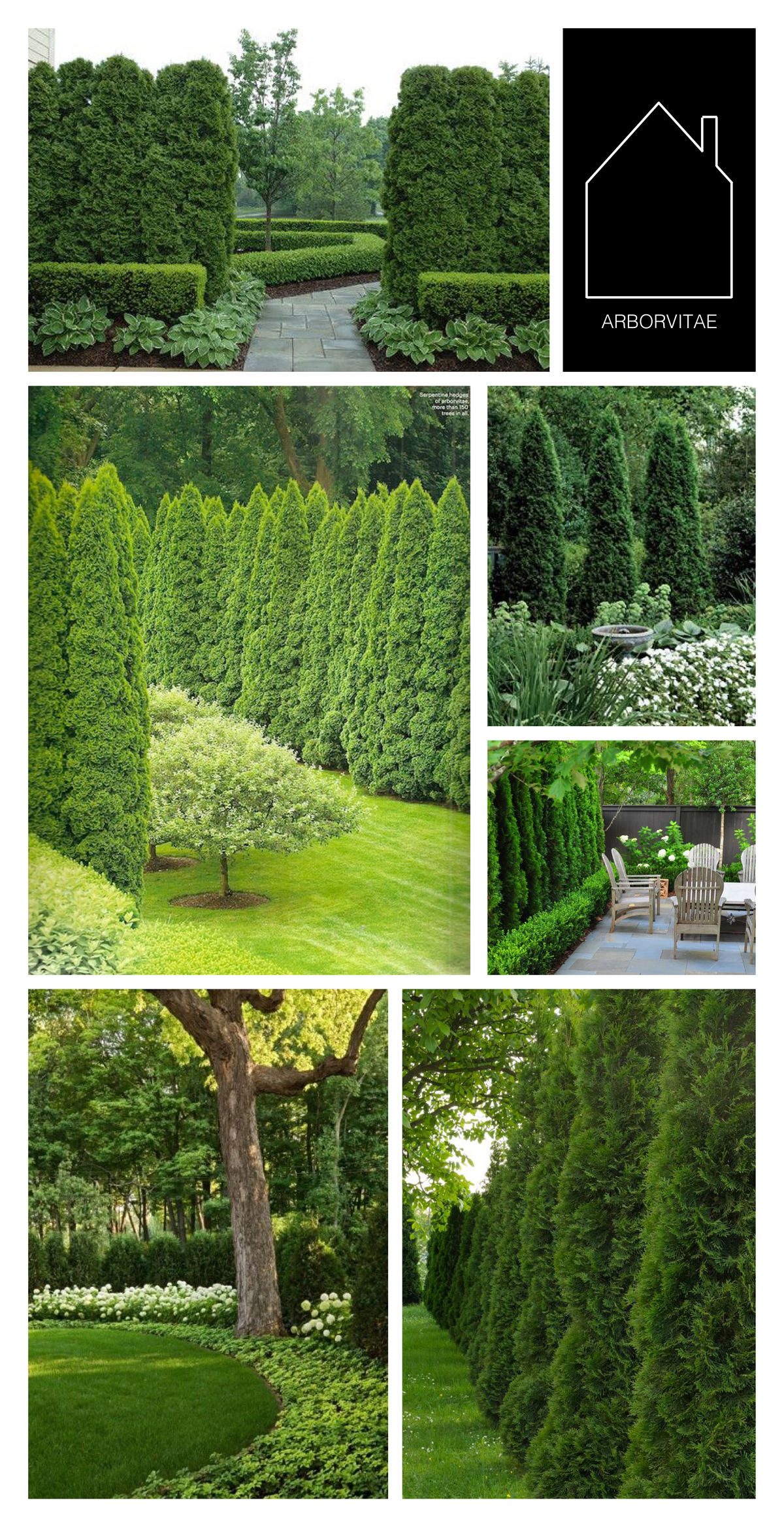
Low Maintenance Hedges
Hedges are a classic landscaping feature that adds structure and definition to any backyard. However, traditional hedges can be high maintenance and require frequent trimming to keep them in shape. This is where arborvitae hedges shine – they are low maintenance and require minimal pruning to maintain their shape. Plus, they stay green all year round, unlike deciduous hedges that lose their leaves in the winter.
To create an arborvitae hedge, plant the trees closer together than you would for a natural fence, about 2 feet apart. As they grow, trim the sides to create a neat and tidy hedge. Some popular varieties for hedges include Emerald Green, Little Giant, and Fire Chief.
Adding Color with Variegated Arborvitae
Most arborvitae trees have a rich green color, which is great for adding a touch of nature to your backyard. However, if you want to add some pops of color, consider using variegated arborvitae. These trees have a mix of green and white or yellow foliage, creating a stunning contrast that will surely catch the eye.
One popular variety is the Golden Globe Arborvitae, which has bright golden-yellow foliage. This is perfect for adding a burst of color to a monochromatic backyard design. You can also use variegated arborvitae to create patterns or designs within your hedges, adding a unique element to your landscaping.
Designing with Different Shapes
While most arborvitae trees are cone-shaped, there are some varieties that have a different shape, such as the Thuja occidentalis ‘Smaragd’, or more commonly known as the Emerald Green Spiral. This variety has a unique spiral shape that makes it a focal point in any backyard design. You can use it as a standalone feature or incorporate it into your hedges for added interest.
3. Using Arborvitae for Landscaping Accents
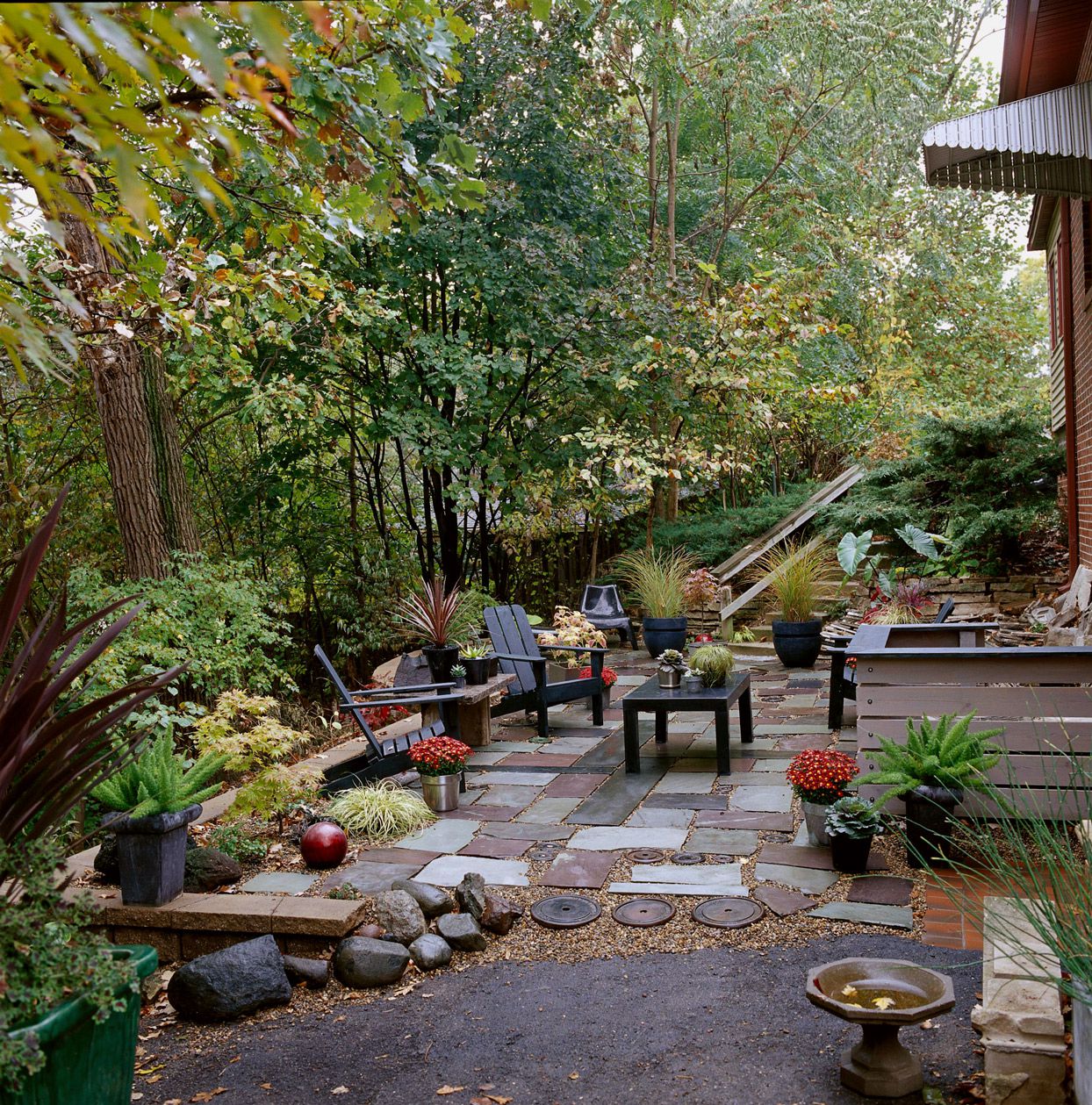
Container Planting
If you have a small backyard or live in an urban area without much outdoor space, you can still enjoy the beauty of arborvitae by planting them in containers. Choose a dwarf variety, such as Rheingold or Mr. Bowling Ball, and plant them in large pots or containers. This not only adds greenery and interest to your outdoor space but also provides some privacy if your neighbors are within close proximity.
You can also use container planting to create a mobile privacy screen. Plant several arborvitae trees in containers on wheels, so you can easily move them around your backyard as needed. This is perfect for blocking out unwanted views or creating a secluded spot for outdoor gatherings.
Accenting a Water Feature
Arborvitae trees are a great addition to any backyard with a water feature, such as a pond or fountain. Their evergreen foliage provides a beautiful backdrop for the water, creating a serene and natural vibe. You can also use them to frame the water feature or create a natural privacy screen around it.
Filling in Awkward Spaces
Do you have an odd corner or space in your backyard that’s difficult to fill? Consider using arborvitae to add greenery and beauty to these awkward spaces. Their tall and narrow shape makes them perfect for filling in gaps between structures or creating a focal point in an otherwise barren area.
4. Frequently Asked Questions

What is the best time to plant arborvitae?
The best time to plant arborvitae is in the early spring or fall when the weather is cool and moist. This gives the trees enough time to establish their roots before the hot summer months.
How often should I water my arborvitae?
It’s important to keep the soil consistently moist, but not waterlogged, during the first year after planting. After that, you only need to water during hot and dry periods.
How do I prune my arborvitae trees?
Pruning is generally not necessary for arborvitae, except for removing any dead or damaged branches. If you want to maintain a certain shape, prune in the late winter or early spring before new growth starts.
Can I use arborvitae for indoor landscaping?
Yes, some varieties of arborvitae, such as the Fernspray Gold, can be grown indoors as long as they receive plenty of sunlight and regular watering.
Are arborvitae trees prone to any diseases?
Some varieties, such as the Green Giant, are more susceptible to bagworms and spider mites. It’s important to monitor your trees regularly and take action if you notice any signs of infestation.
Conclusion: Transform Your Backyard with Arborvitae
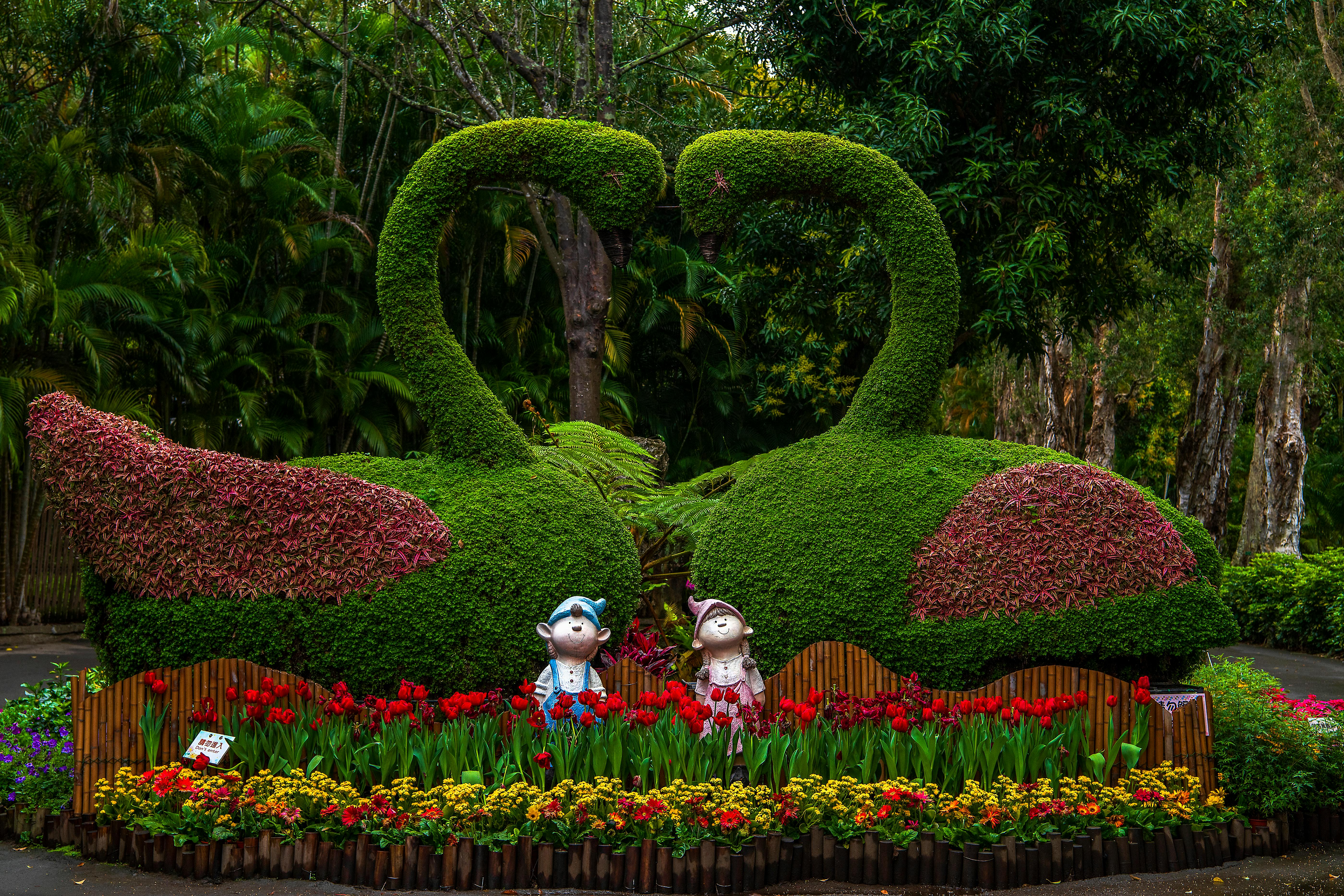
From creating privacy screens to adding accents and filling in awkward spaces, there are endless possibilities for landscaping with arborvitae. These beautiful trees not only add greenery and interest to your backyard but also provide privacy and serve as natural fences. With different varieties, shapes, and uses, incorporating arborvitae into your backyard design will surely elevate your outdoor space to the next level. So why wait? Start planning and transform your backyard today!

